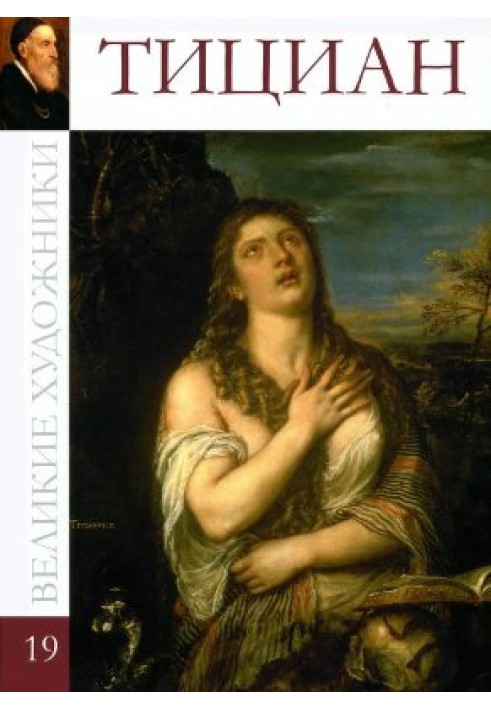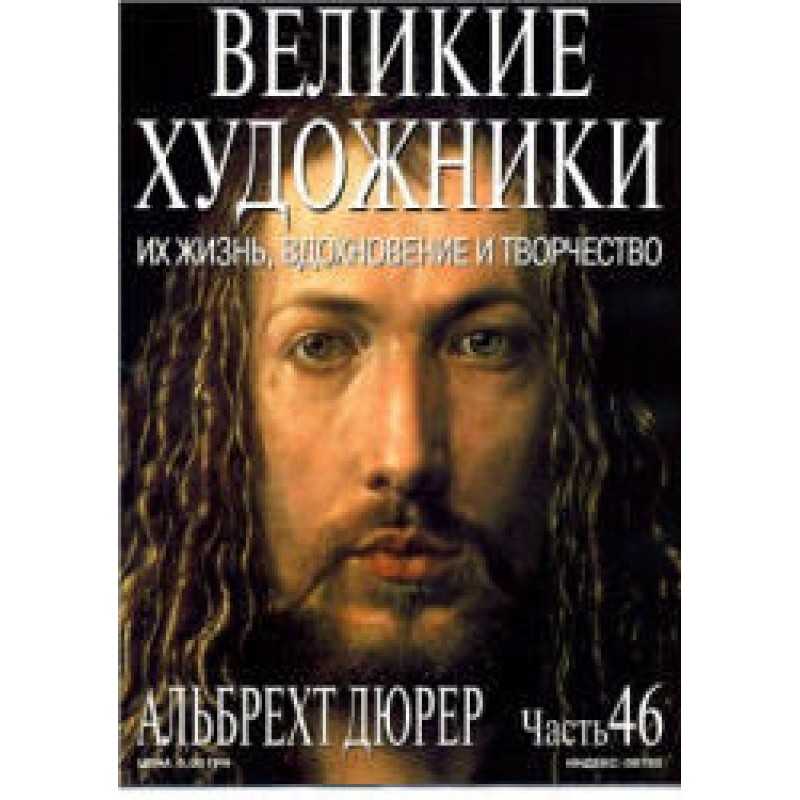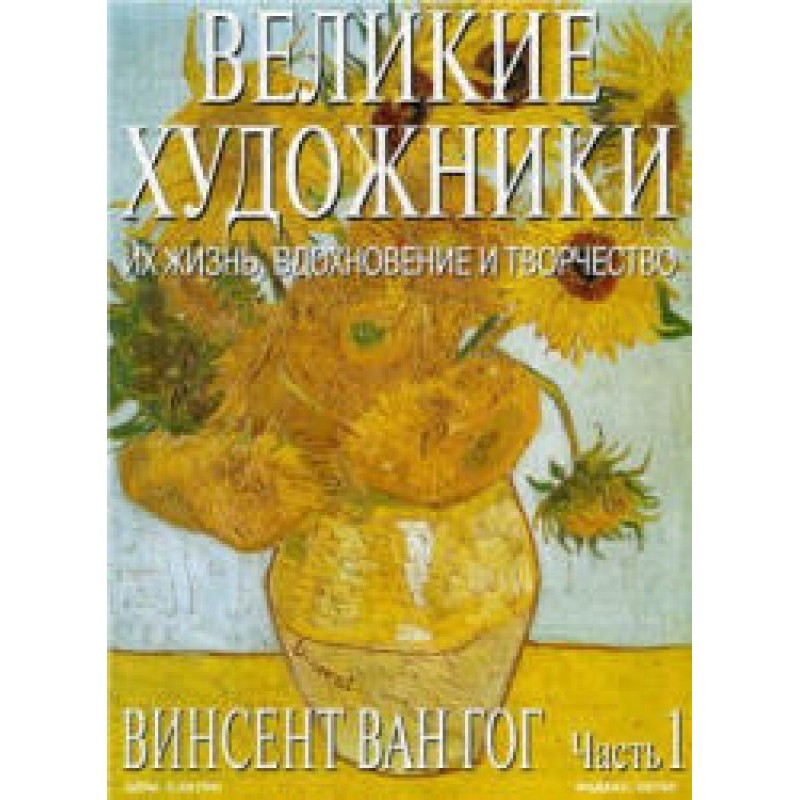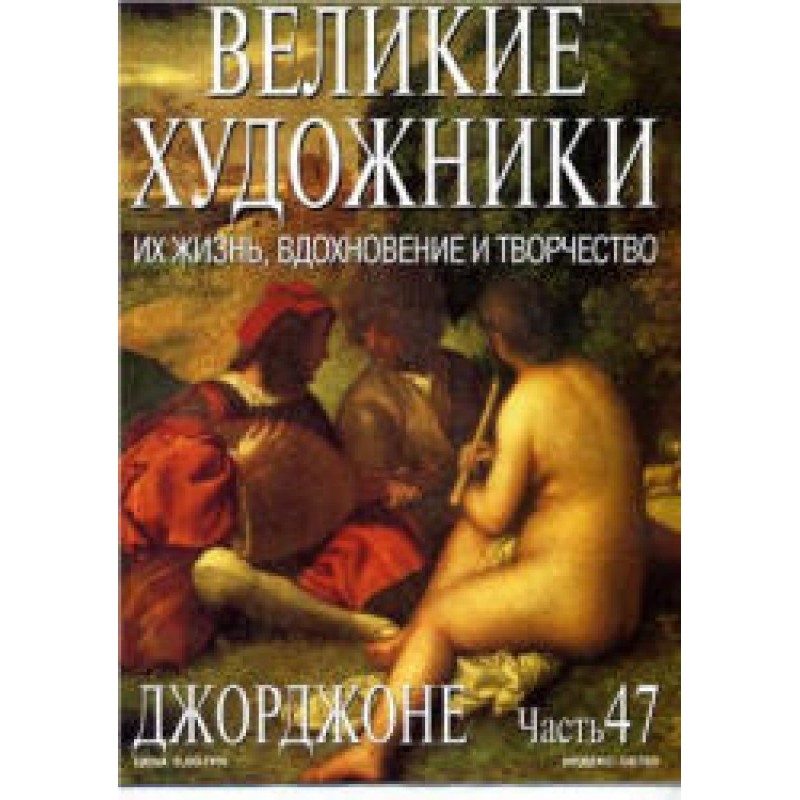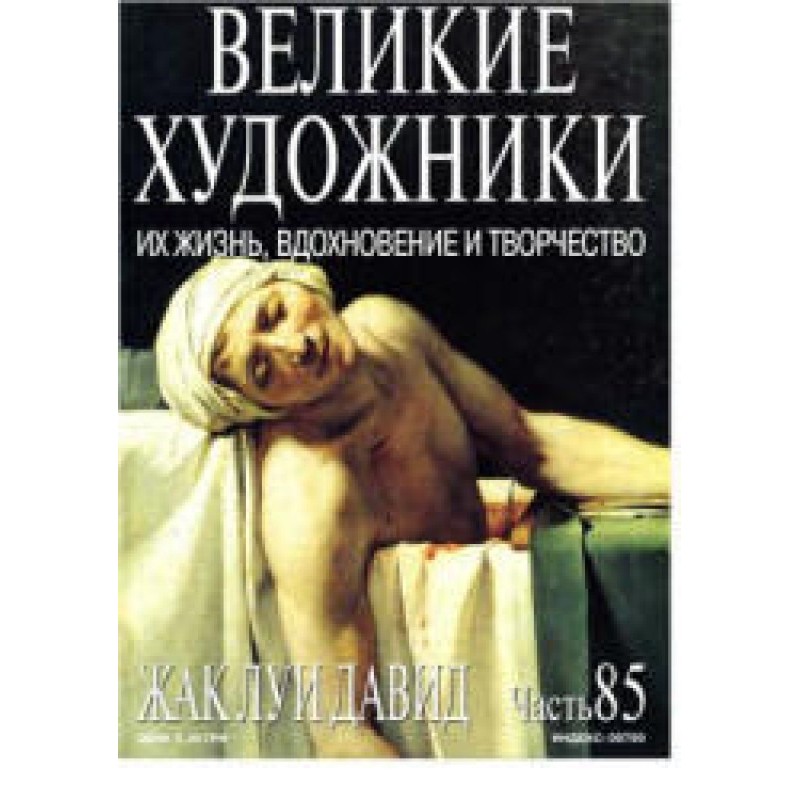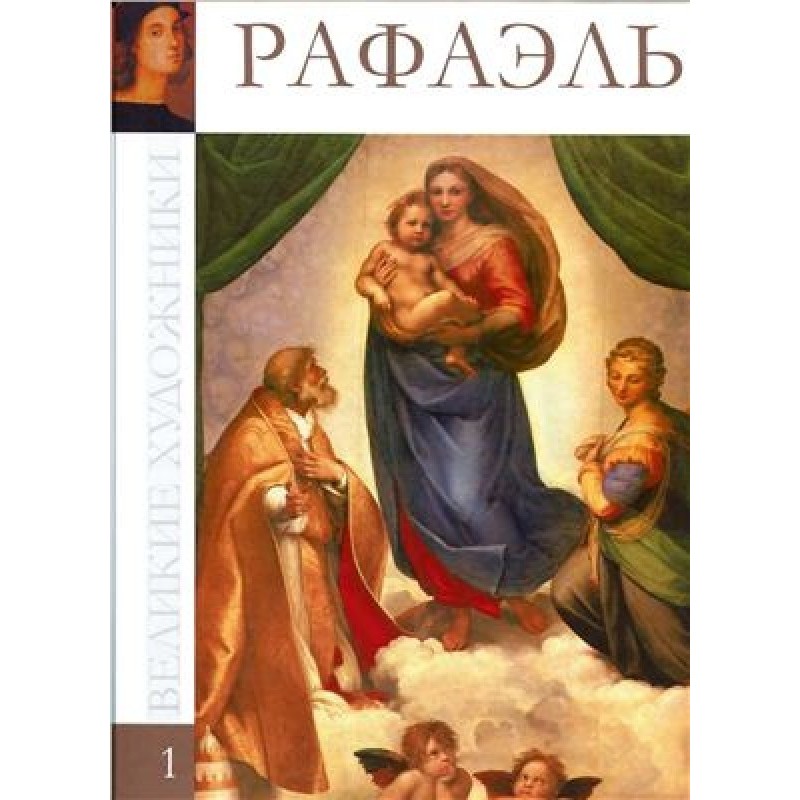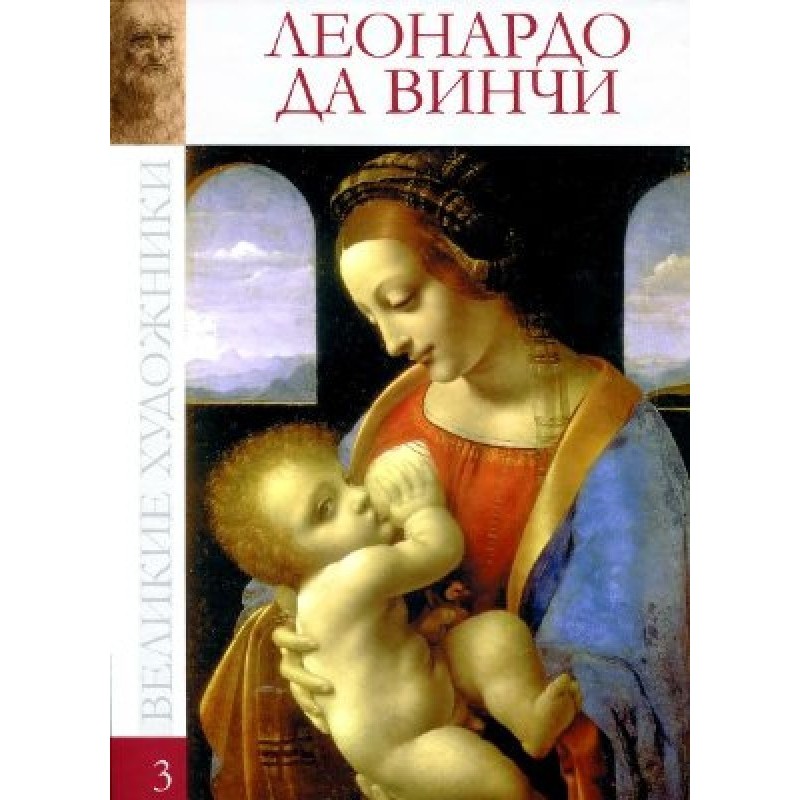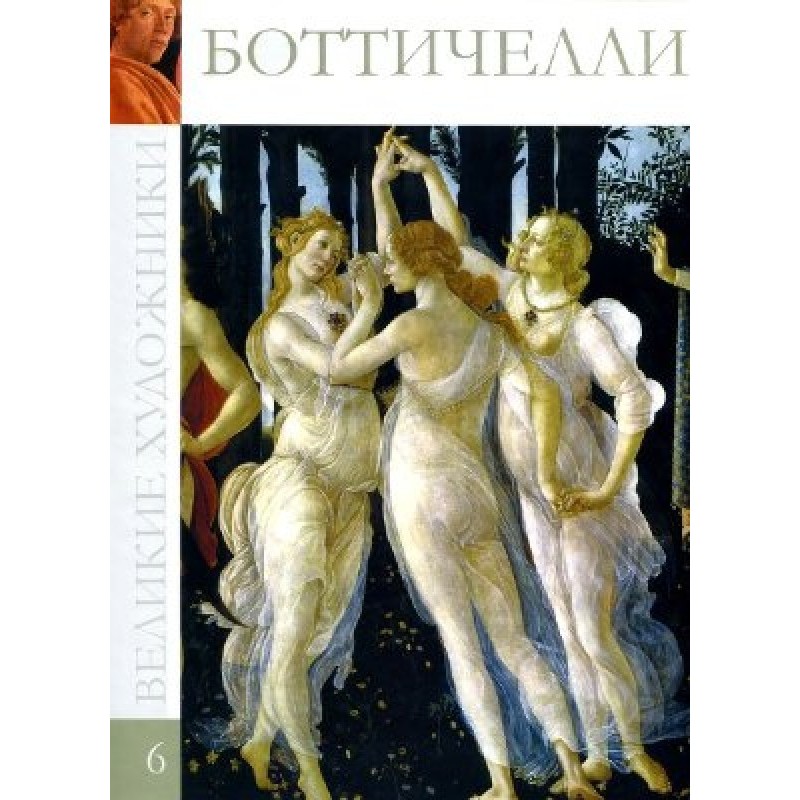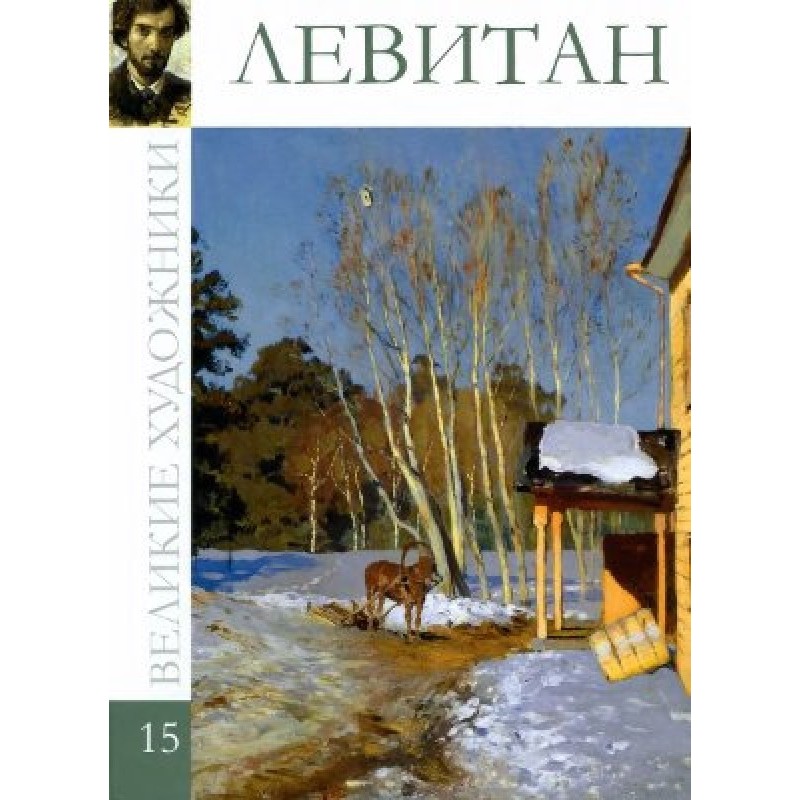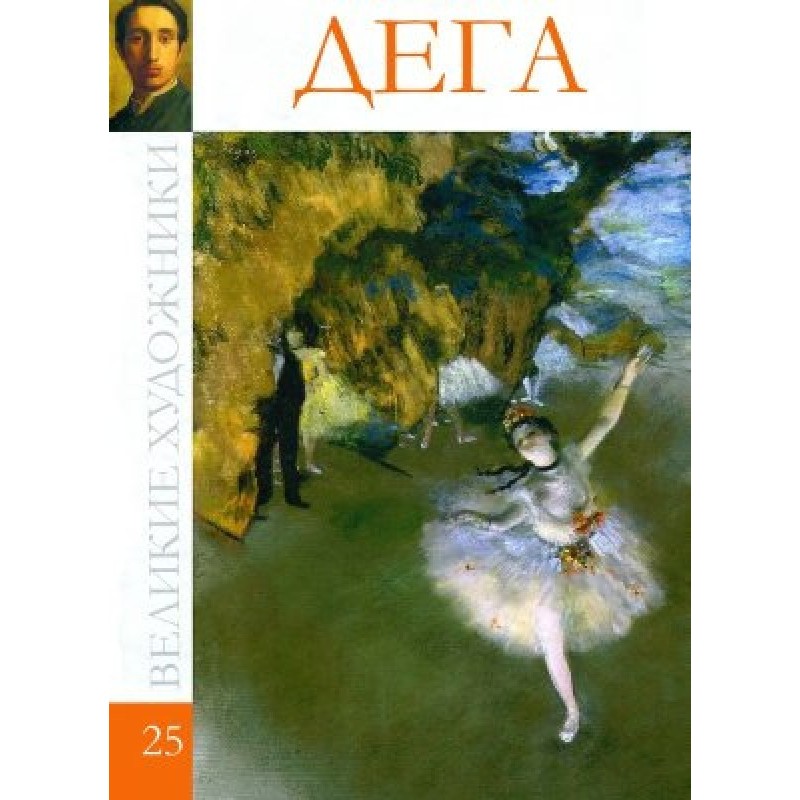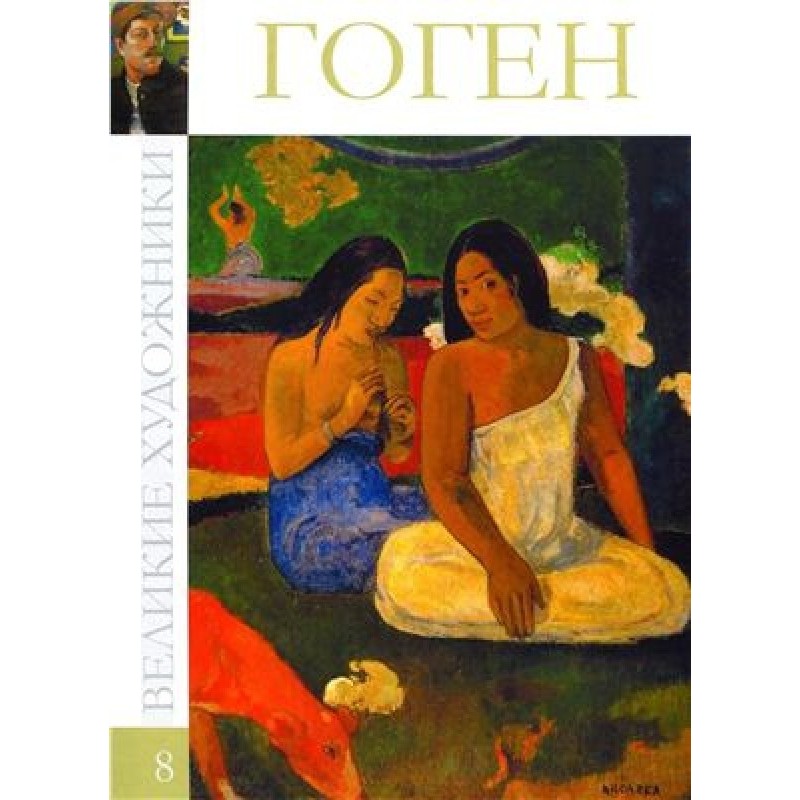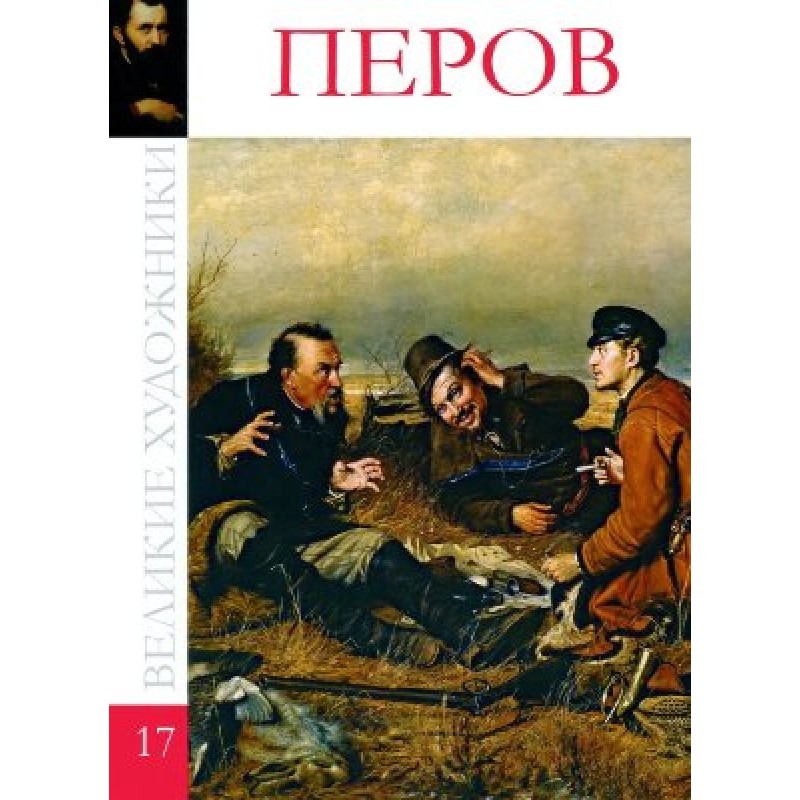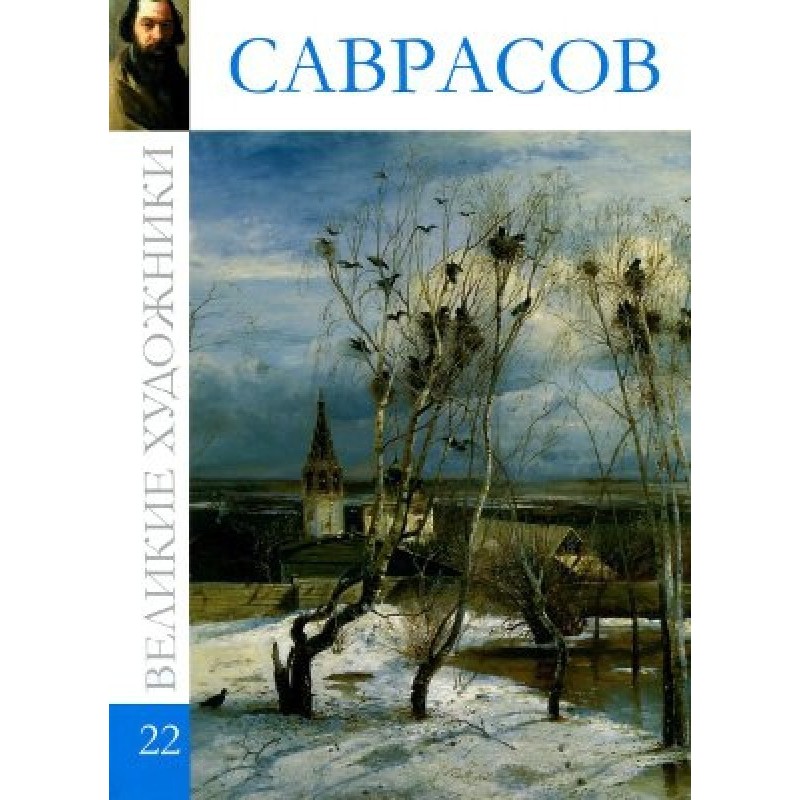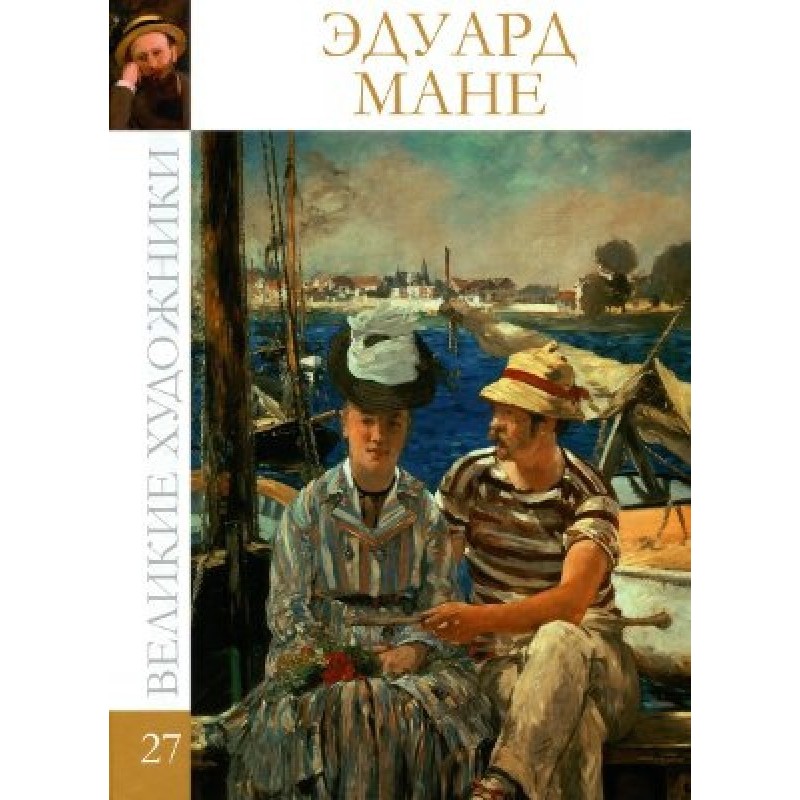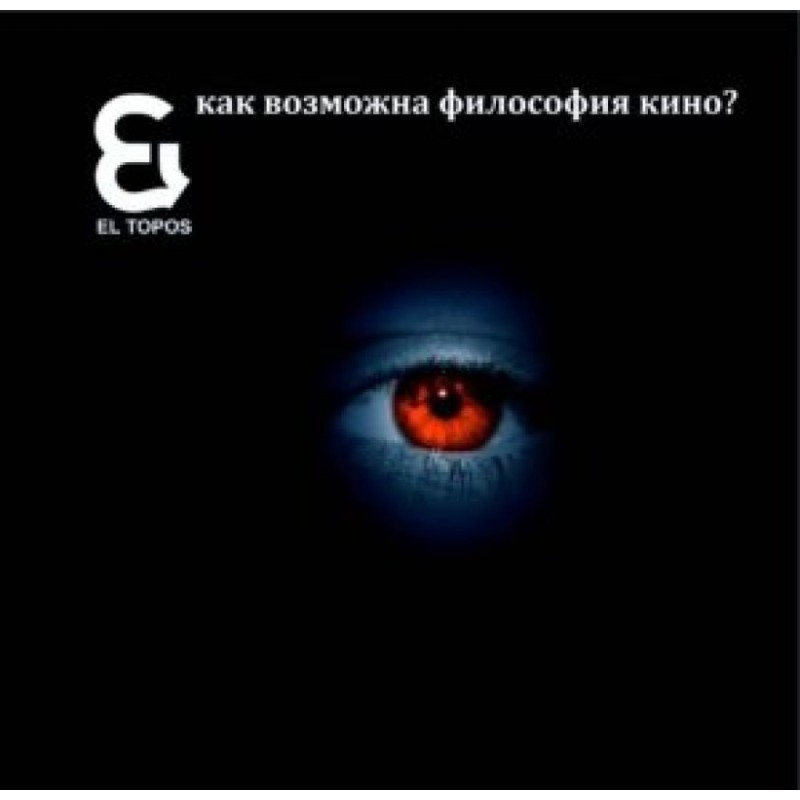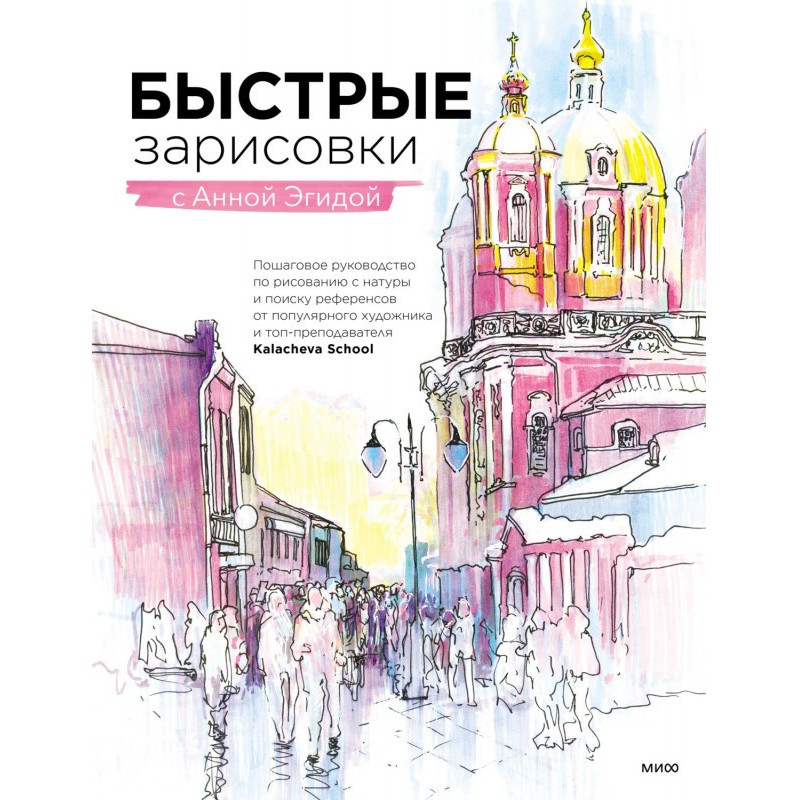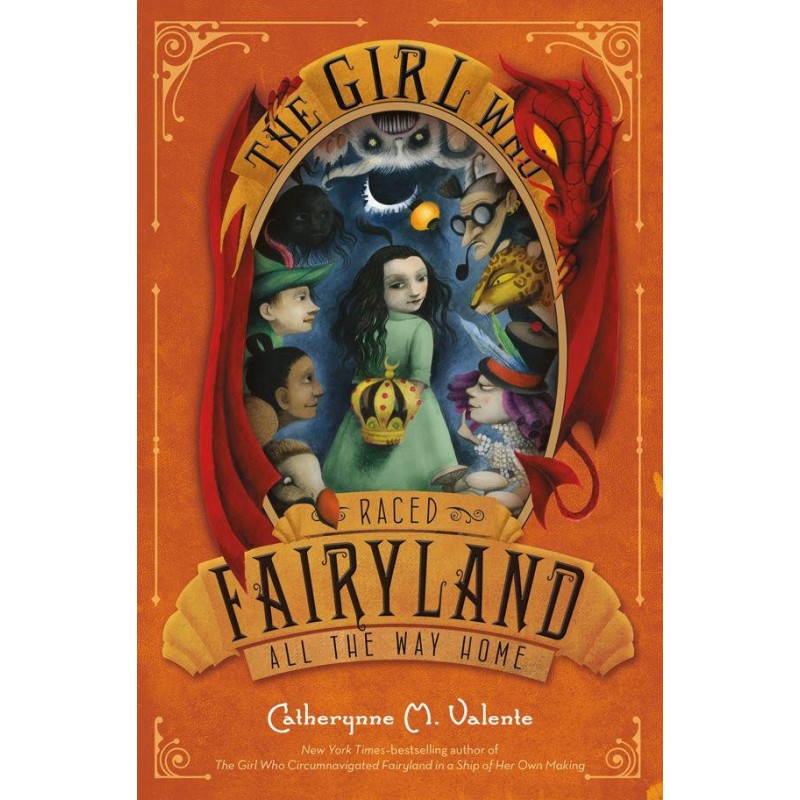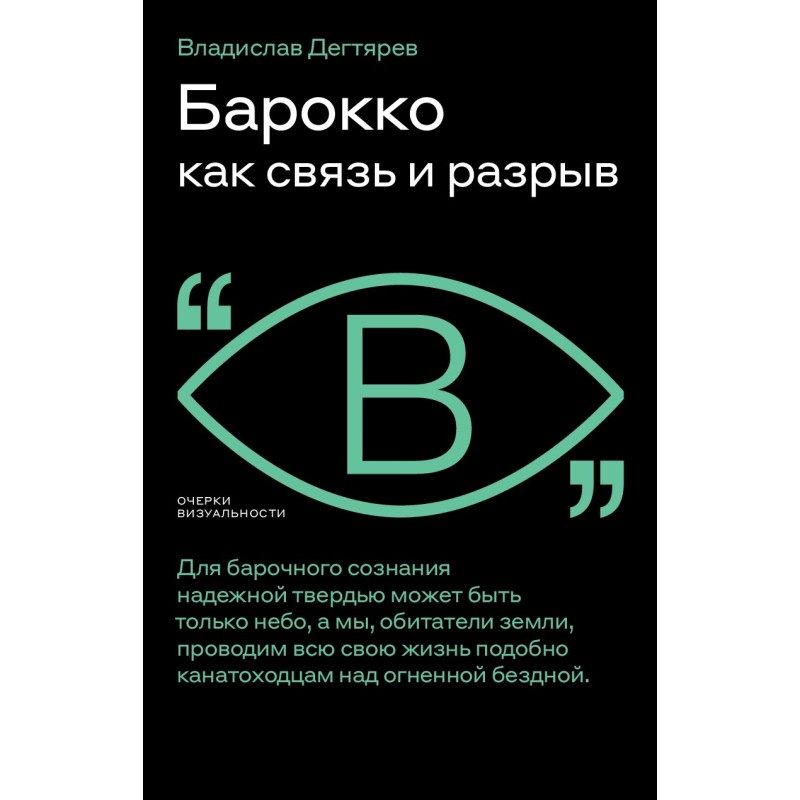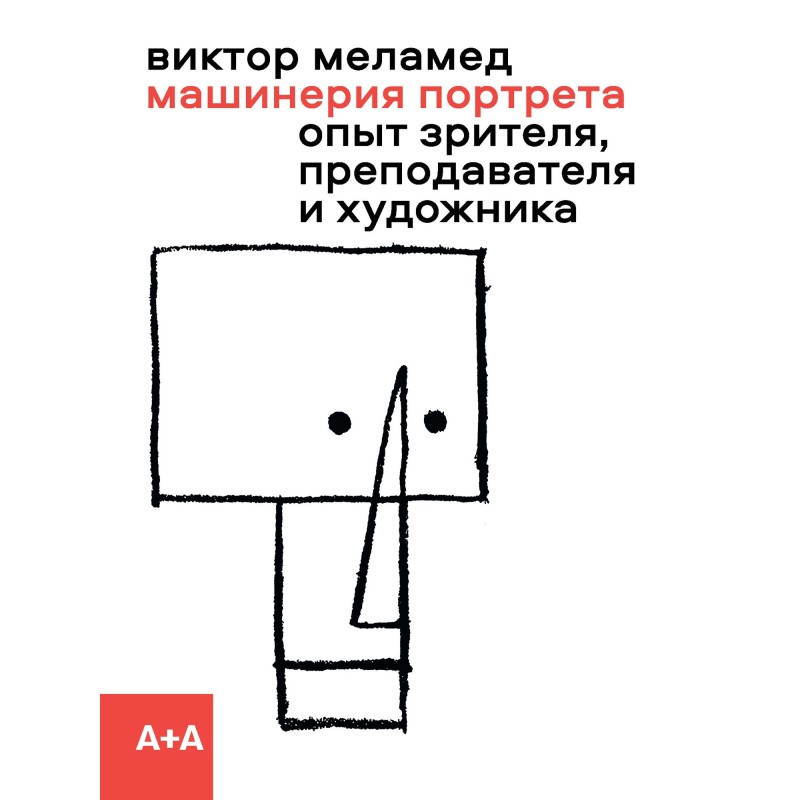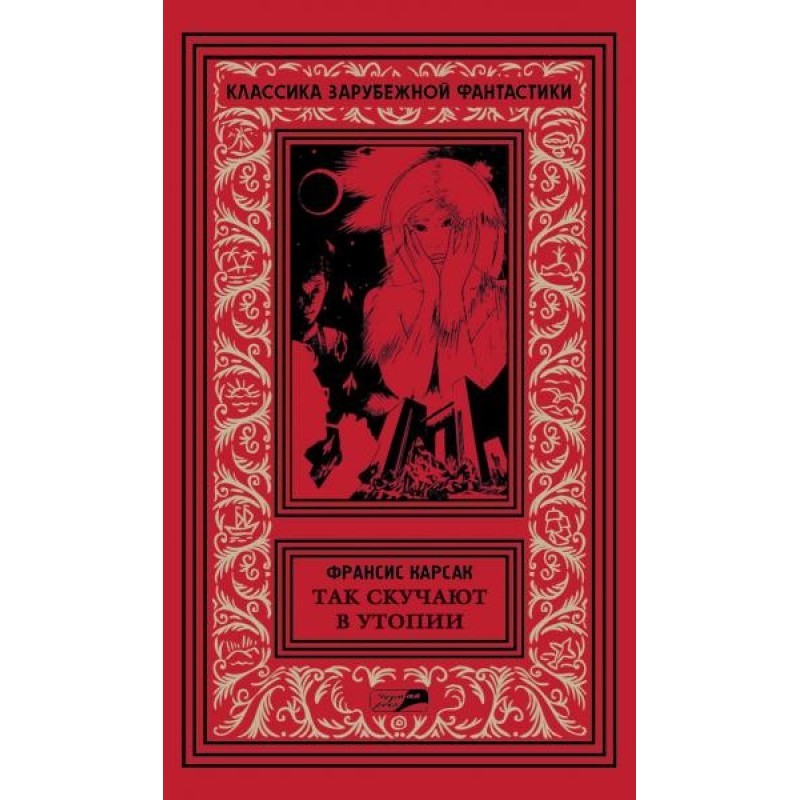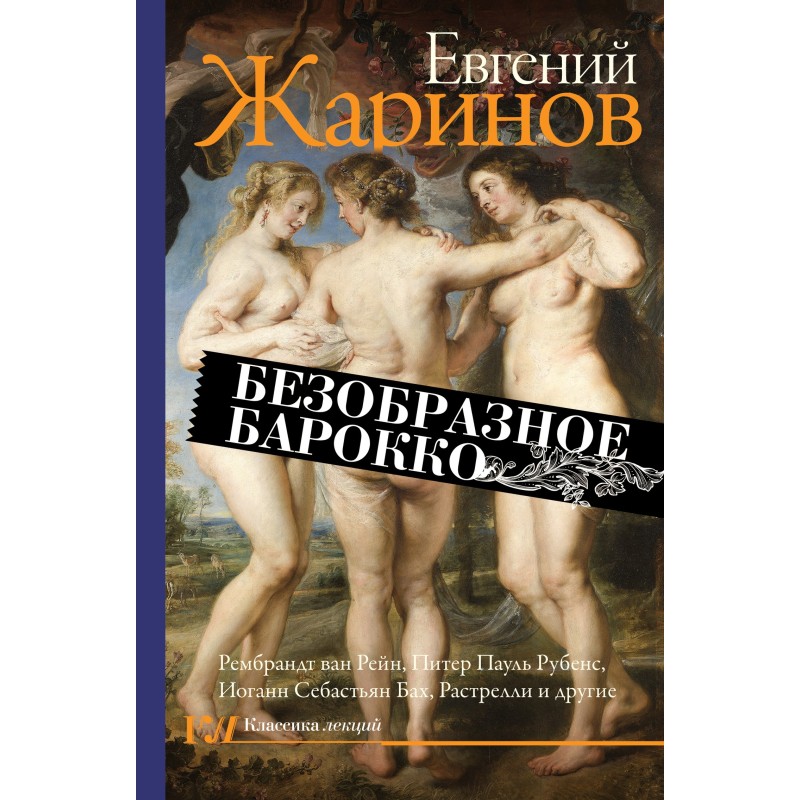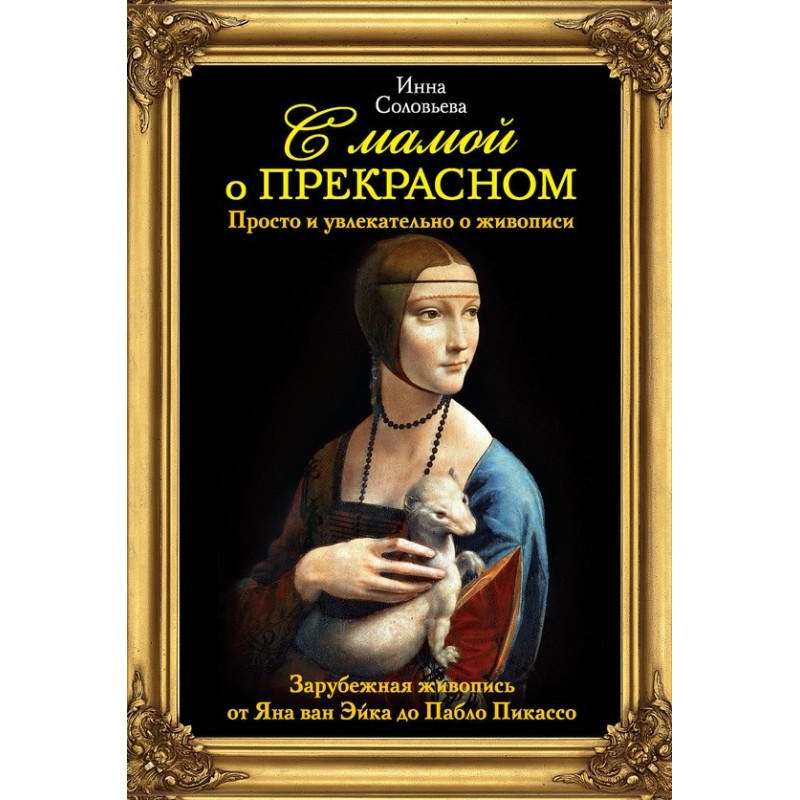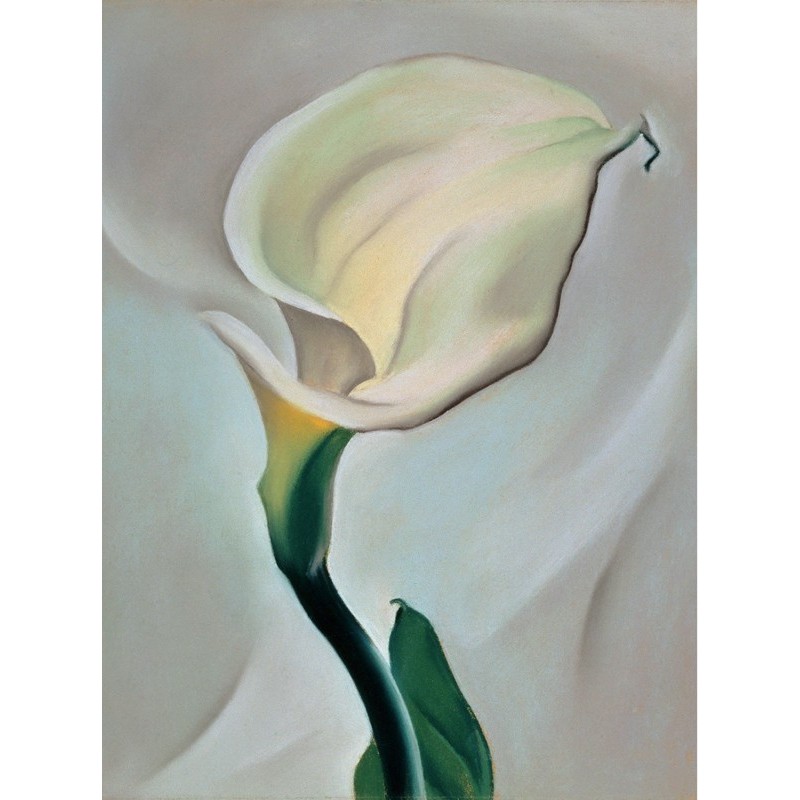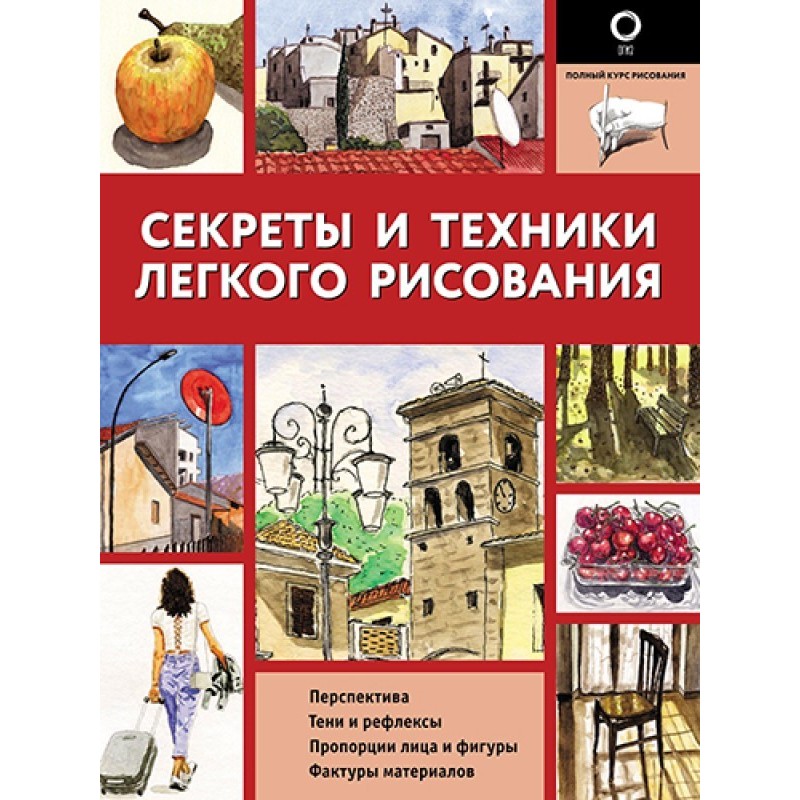Titian
 Instant download
Instant download
after payment (24/7)
 Wide range of formats
Wide range of formats
(for all gadgets)
 Full book
Full book
(including for Apple and Android)
“Great Artists” - a collection about outstanding masters of painting. The book series contains more than 50 illustrations, an “exquisitely written” biography of the artist and the history of the creation of the paintings. The album is dedicated to the work of Titian.
Along with Leonardo, Raphael and Michelangelo, Titian Vecellio (1477-1576) is one of the four titans of the Italian Renaissance. His work falls on the period of the highest prosperity of Venice, its power and glory. During his lifetime, Titian was called “the king of painters and the painter of kings,” and his art, which most fully revealed the originality of the Venetian school, had a great influence on the development of the largest artists of the 17th century - from Rubens and Velazquez to Poussin. The images created by Titian are distinguished by fragility, solemnity, a combination of spirituality and everyday life. reality, tragedy. Titian left an extensive artistic heritage: about 120-130 canvases, frescoes, drawings, a series of woodcuts created in his workshop from his drawings. Titian's paintings include religious, mythological, allegorical compositions, and portraits. Titian's long, almost seventy-year creative journey captured the complex evolution of his ideas about the world, from the feeling of the jubilant joy of being to the awareness of dramatic collisions shaking this world. Titian's early works ("Gypsy Madonna", "Three Ages") are characterized by cheerful color and lyrical softness of intonation. But already in the allegorical composition “Earthly and heavenly love” these intonations give way to the sensual joy of being, the festive fullness of colors. In the works of the second half of the 1510s - “Madonna with Four Saints”, “Denarius of Caesar” - the monumental beginning, the energy of light and shadow modeling and color sound are growing. The huge, seven-meter altar of Assunta, with its monumental enlargement of forms and color spots, titanic images, expressions of poses and gestures, is the first work of Venetian painting imbued with the spirit of the “grand style” of the High Renaissance. In his paintings of the 1520-1530s on religious and mythological themes, Titian organically combines legends and realities of modern life in the spirit of the traditions of the early Venetian Renaissance. In one of the masterpieces of these years - “Venus of Urbino” - he transfers the goddess to the cozy peace of a 16th-century Venetian house. The 1520s-40s were the heyday of Titian’s work as a portrait painter. He creates an extensive portrait gallery of his contemporaries, among including the nameless “Young Man with a Glove,” the humanist Vincenzo Mosti, Cardinal Ippolito Medici, the ruler of Urbino, and the outstanding military engineer Francesco Maria della Rovere. The artist creates a new portrait genre, called by his friend Aretino “stories” - multi-figure scenes with elements of historical composition (“Address of Alfonso d’Avalos to the soldiers”, “Pope Paul III with his grandchildren Alessandro and Ottavio Farnese”). In the 1550s, the nature of Titian’s work changed, the dramatic beginning in his religious compositions grew (“Martyrdom of St. Lawrence”, “Entombment”). At the same time, he again turns to mythological themes, the motif of blossoming female beauty (“Danae”, “Venus and Adonis”. Even the bitterly weeping Mary Magdalene in the painting of the same name from the Hermitage collection is close to these images. A significant change occurs at the turn of the 1550-60s. The world appears full of dynamics, confusion, strong impulses of passion in a series of mythological compositions based on the plots of Ovid’s “Metamorphoses”: “Diana and Actaeon” and “Diana and Callisto”, “The Rape of Europa”, “The Hunt of Diana”. The master’s latest canvases (“St. Sebastian”, “The Shepherd and the Nymph”, “The Lamentation of Christ”) are distinguished by a complex pictorial structure, blurred boundaries between forms and background, the surface of the canvas seems to be woven from strokes applied with a wide brush, sometimes rubbed in with fingers. Shades of complementary, interpenetrating or contrasting tones form a kind of unity from which forms or muted shimmering colors are born. The innovation of the “late manner” was not understood by contemporaries and was appreciated only at a later time.
Data sheet
- Name of the Author
- Автор Неизвестен -- Искусство
- Language
- Russian
Reviews
Неперевершене видання про генія живопису!
Книга "Тіціан" з серії "Великі художники" - це справжня знахідка для всіх, хто цікавиться мистецтвом та історією живопису. Вона не лише містить понад 50 ілюстрацій, які дозволяють глибше зрозуміти творчість цього видатного художника, але й пропонує детальну біографію, що розкриває етапи його життя та кар'єри. Тіціан, як один із чотирьох титанів італійського Відродження, заслуговує на особливу увагу, і ця книга робить його спадщину доступною та зрозумілою для широкого кола читачів. Автори вдало передають дух епохи, в якій жив Тіціан, та його вплив на наступні покоління художників. Читання цієї книги - це не лише подорож у часі, але й можливість зануритися у світ кольору, форм і емоцій, які Тіціан вмів передати на своїх полотнах. Рекомендую всім, хто хоче дізнатися більше про мистецтво та його великих майстрів!

